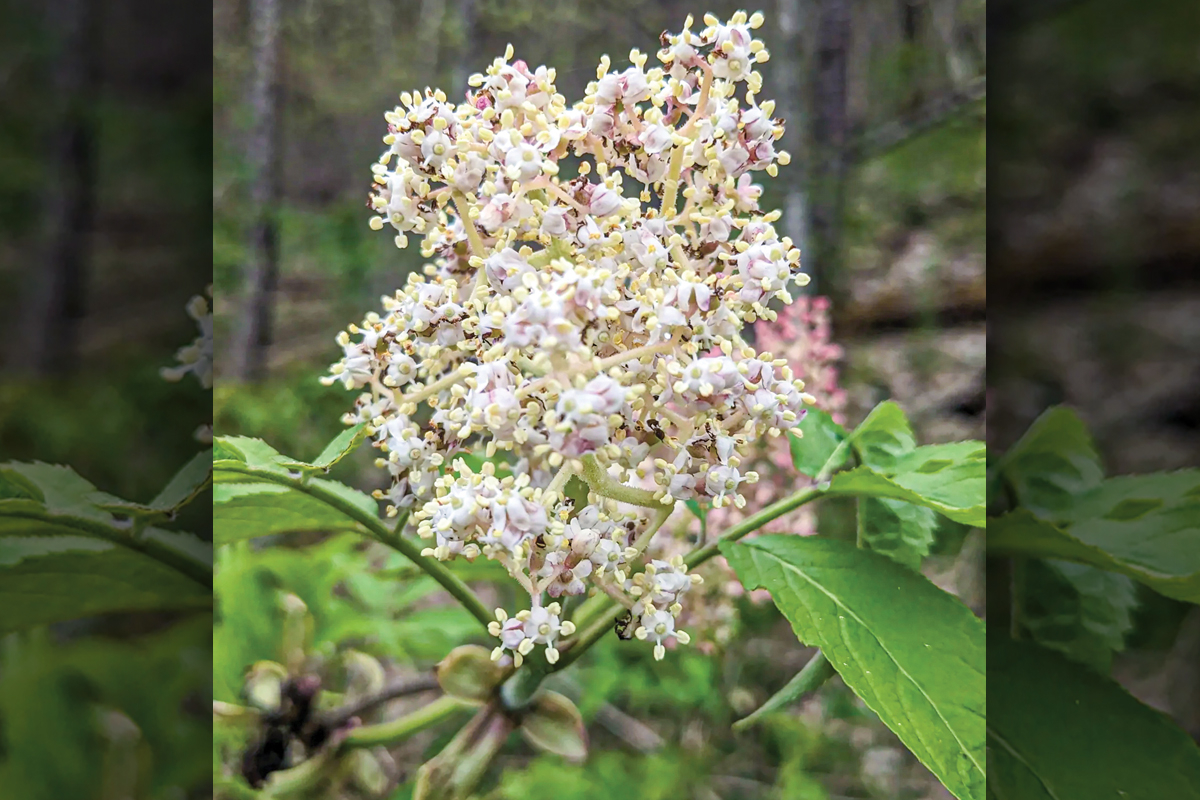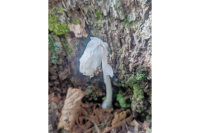Respect your elders
 Wisdom can be found all over, as columnist Adam Bigelow points out using “elder” as an example. Adam Bigelow photo
Wisdom can be found all over, as columnist Adam Bigelow points out using “elder” as an example. Adam Bigelow photo
Our culture tends to celebrate youth and youthfulness above all other life phases. Growth and vitality are venerated over age and wisdom. This wasn’t always the case.
Elders were once held up as knowledge keepers and advice givers, useful members of society. I believe that we who live in this current world of new, go, hustle and bustle could benefit by slowing down, connecting with and respecting our elders.
Listening to a person tell their stories is a gift, no matter how many times you’ve heard them. We have a lot to learn before many stories are lost. We can also teach our elders and be taught by those younger than us. Education can be circular and reciprocal, blurring the lines between learning and teaching. It is good to be a mentor. It is also good to have mentors who are younger than you.
One of my favorite teachers also happens to be one of my elders, and that is the plant I like to call elder (Sambucus canadensis). Most people know it as elderberry, but I like to call it elder. If I teach about elderberry stems, elderberry leaves, elderberry flowers, I would then have to call the ripe fruits elderberry berries. And elderberry berry is just ridiculous and redundant, so I call it elder.
I also highly respect and honor the American elder for its beauty in leaf, flower and fruit, and also its ability to grow and spread along creek banks and riparian areas, helping to hold soil in place, keeping soil out of the waterways where it causes harm.
I really appreciate and respect the elders growing around me during cold and flu season or just anytime I’m not feeling well and need a boost. You know that “gosh, I hope I’m not getting sick” feeling a couple of days before getting sick? If I make a tea made from elder flowers, add juice, extract or syrup made from elder berries and drink that at my first sign of symptoms, I won’t get sick. Or, if I do get sick, it won’t be as bad or for as long.
Related Items
Elder has a lot to teach us about growth and dieback, how to bend to the winds and stresses of life and root for ourselves along the way. One way elder grows so well along a bank is that if one of its stems bends down to touch the soil, it will root and make a new plant. Elder also spreads by sending out rhizomes that can go through the soil and sprout new plants all around.
Elder has a lot to teach us about health. Many elders I know also show great vigor, vitality and health. I have been lucky to connect with and learn from many people in the world of Botany and Ecology, soaking up every moment I possibly can.
Elder can also teach us about danger and what not to hold onto, or how to honor and celebrate from afar.
In the higher elevations of Southern Appalachia grows the red elder (Sambucus racemosa), a different species from the American elder. Instead of a flat pancake of white flowers like the American elder, the red elder has a flower cluster that looks more like an ice cream cone. But it’s no treat, as this elder is toxic to humans. It’s great for birds, insects and other critters — and certainly beautiful — it just won’t keep you from getting sick in the winter like its relative.
Speaking of pancakes, if you want yours extra light, fluffy and delicious, throw some fresh or dried elder flowers, plucked from the stalk, into your next batter. They will be the best pancakes you’ve ever had. Trust me. Even if I’m not older than you and maybe even if I am. Because, who doesn’t love pancakes?
(Adam Bigelow, the Greenman of Cullowhee, leads weekly wildflower walks most Fridays and offers consultations and private group tours through Bigelow’s Botanical Excursions. This email address is being protected from spambots. You need JavaScript enabled to view it..)













